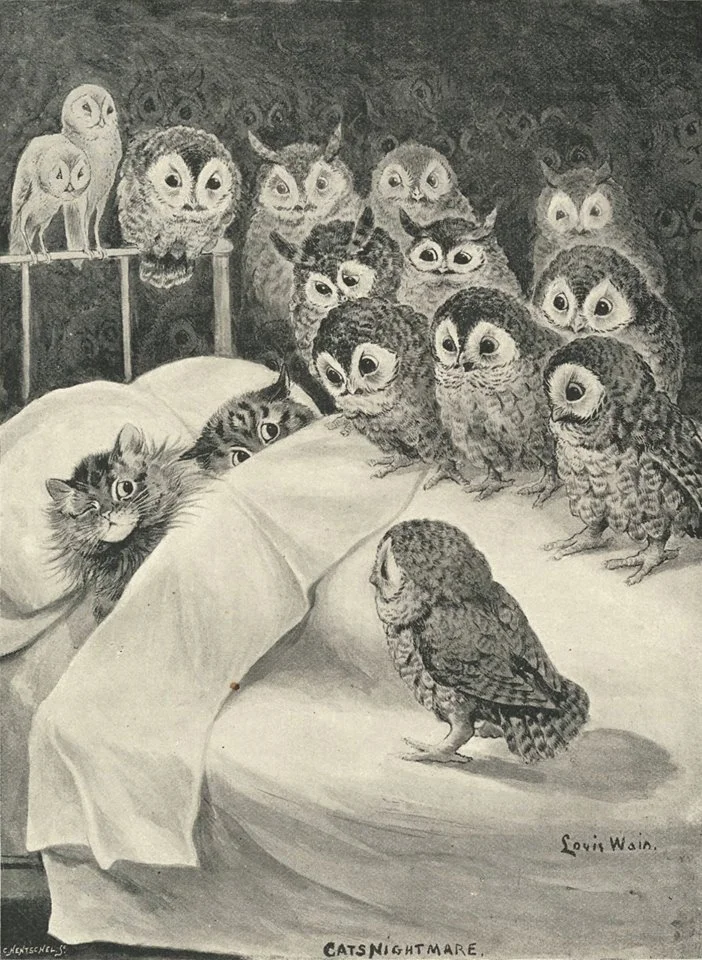Over the centuries, physicians have placed migraine in various positions along the mind / body spectrum. Headache experts currently consider migraine a somatic disorder rooted in the brain. But this is a break from the past. Up until thirty years ago, doctors primarily viewed migraine as having both a psychological and a somatic basis. In what follows, I trace these historical understandings of migraine from the nineteenth-century understanding of migraine as a disorder of upper-class intellectuals, to the influential concept of the “migraine personality” in mid-twentieth-century America, and finally to contemporary theories of comorbidity.
[…]
I pay close attention to how, at each historical turn, biomedical discourses come to enact and reinforce cultural narratives about gender, class, and pain via the encoded inclusion of moral character. After all, the credibility and the legitimacy of a disorder — and how much we, as a society, choose to invest in its treatment — is intimately tied to how we perceive the moral character of the patient.

